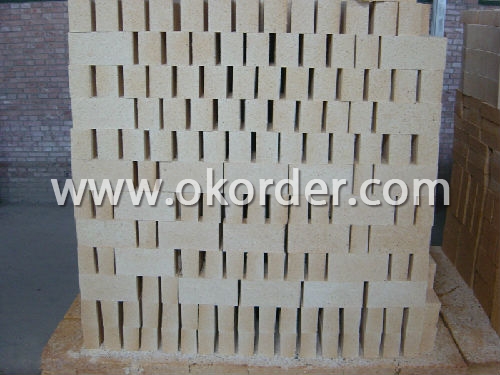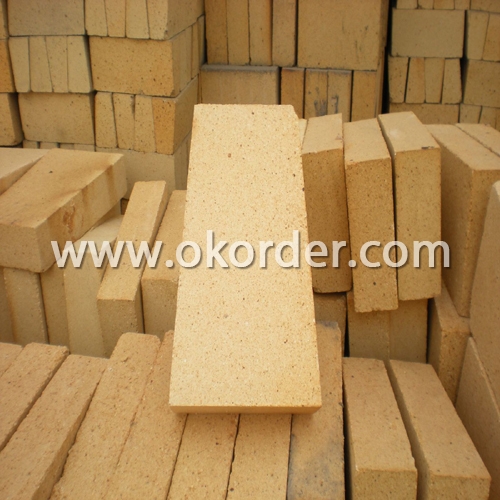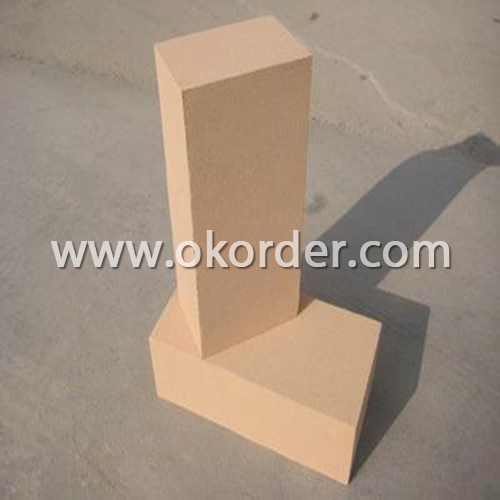Loading Port:China Main Port
Payment Terms:TT or L/C
Min Order Qty:5 ton m.t
Supply Capability:1000 Tons Per Month m.t/month
General Information of Fireclay brick SK30
Our corporation produces a comprehensive range of Fireclay bricks, with 30% to 55% alumina content, all of these bricks exhibit excellent performance。
Our Fireclay bricks SK38 are the final result of blending excellent fused alumina and silicon as the main raw materials with cutting-edge technology, adding superfine powder, after mixing, drying, forming, in the high temperature shuttle kiln. We ensure you that the Fireclay Bricks made by us possess high quality standard and have gone through all the complicated quality control parameters. Their durability and strength adds life to the structure and they have the capacity of bearing high temperature.
Technical Data of Fireclay Brick SK30 | ||
Physical Properties: | ||
Refractoriness | ℃ | 1670 |
Permanent Linear Change(1400℃×3h)% | % | ±0.2 |
Apparent Porosity, % | % | ≤22 |
Cold Crushing Strength | Mpa | ≥20 |
Refractoriness Under Load (T0.6) | ℃ | ≥1250 |
Thermal Expansion, % | % | 0.8 |
Density | g/cm3 | 2.0-2.05 |
Chemical Analysis: |
|
|
Al2O3 | % | ≥34 |
Fe2O3 | % | ≤3.2 |
Note: | ||
Feature of Fireclay Brick SK30
Resistant to thermal shock, abrasion, chemical attack
High ability for anti-abrasion during work
Low shrinkage degree under high temperature so as to maintaining integrity of the furnace lining
Low apparent porosity, and low Fe2O3 content to reduce the carbon deposit in the blowhole and avoid the bricks broken in case of expansion



Applications of Fireclay Brick SK30
Fireclay brick is mainly used in the part of throat, stack, hearth, bottom for small blast furnaces and the stack for big blast furnaces.
1. Carbon baked furnaces in the alumina industry
2. Preheat zones and cyclones of rotary cement kilns
3. Insulation for glass tanks
4. Coke ovens
5. Blast furnaces
6. Reheating furnaces
7. Suspended roofs
8. Lime kilns
9. Chimney